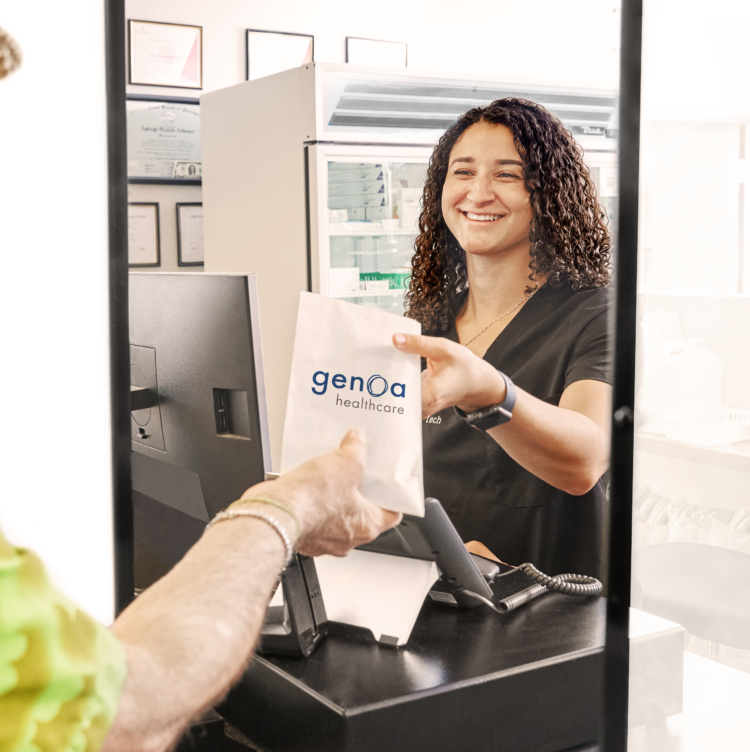In-Person vs Telepsychiatry for Children
Over 15 million children and adolescents need the special expertise of a child and adolescent psychiatrist and the demand for these services continues to grow daily.[1] There are approximately 8,300 practicing child and adolescent psychiatrists in the US serving the needs of this population.[2] While the US Bureau of Health Professions projects that the number of child and adolescent psychiatrists will increase by 30 percent by 2020, this is far less than the estimated 12, 624 needed to meet the demand for these services.
Telepsychiatry can help mitigate this workforce shortage in child and adolescent psychiatry and improve access to care for children living in underserved areas. It can also make access to care possible for youth in special settings including schools, detention facilities and day care facilities; however, the benefits of telepsychiatry can only be truly realized if the quality of care delivery is on par with standards of care.
Child and adolescent psychiatry is a complex specialty that requires a unique high-touch approach and many people are hesitant about its delivery via telepsychiatry. Some prevalent concerns include its efficacy compared to in-person care, parental involvement in appointments and prescribing challenges. One of our leading child and adolescent psychiatrists, Dr. Jacqueline Countryman has some great insights from her telepsychiatry experience that might put to rest any doubts for those hesitant in exploring this medium of care.
Dr. Countryman has over a decade of experience in child and adolescent psychiatry and has consistently received positive reviews from her clients about her services, bedside and “webside” manner. We spoke with her about her experience in the field and wanted to share some key conversational insights:
What are some of the differences in care delivery for in-person vs. telepsychiatry for children and adolescents?
The biggest difference is that I rely on the support staff (nurse) more. For that reason it’s important to try and have the same person working with you as much as possible. They often can communicate with the therapists/case managers directly that day with concerns, they know the area well to help with referrals, and they can help if the child patient leaves the room.
What role, if any, should the parents play in telepsychiatry appointments and how is that reflected in your overall philosophy of care management?
Parents should always be a big part of treatment. Often with younger children I need the parents help to keep the child on the screen or let me know what they are doing off screen.
What is your philosophy on prescribing stimulants in children and adolescents?
Stimulants are appropriate if an ADHD diagnosis is made.
What are your best practices for bedside manner and patient engagement?
Sometimes the patient or family is nervous about being online. It is important to address this in the first session. Young children often like the video aspect of the appointment and like to act silly on the screen. I usually play along with this to some degree. I encourage them to show me the toy they are using or the pictures they draw. They are interested in my home office and I have had some children open up more by showing them things in my office, especially my cats.
According to the American Academy of Child and Adolescent Psychiatry, some other clinical factors to consider include ensuring approximate eye contact with both the child and the parent as best as possible, alternating gaze between the camera (to provide eye contact to the family) and the monitor (to be able to observe family interactions, affect, behavior). The telepsychiatry encounter may require greater animation by the telepsychiatrist than during an in-person care
For providers who are interested in learning more about best practices in telepsychiatry, including child and adolescent telepsychiatry, Dr. Countryman and our team here at Genoa Telepsychiatry recommend the following great resources:
- Learning to do Telemental Health, Donald M, Hilty, M.D., American Psychiatric Association. Retrieved July 1, 2017 from here.
- Key Considerations in the Practice of Child and Adolescent Telepsychiatry. (2014, May). Retrieved July 1, 2017, from here.
- Practice Parameter for Telepsychiatry With Children and Adolescents. Kathleen Myers et al. Journal of the American Academy of Child and Adolescent Psychiatry, (2008) 47(12), 1468-1483. Retrieved July 1, 2017, from
[1] American Academy of Child and Adolescent Psychiatry, http://www.aacap.org/aacap/Resources_for_Primary_Care/Workforce_Issues.aspx
[2] American Academy of Child and Adolescent Psychiatry, http://www.aacap.org/aacap/Resources_for_Primary_Care/Workforce_Issues.aspx





